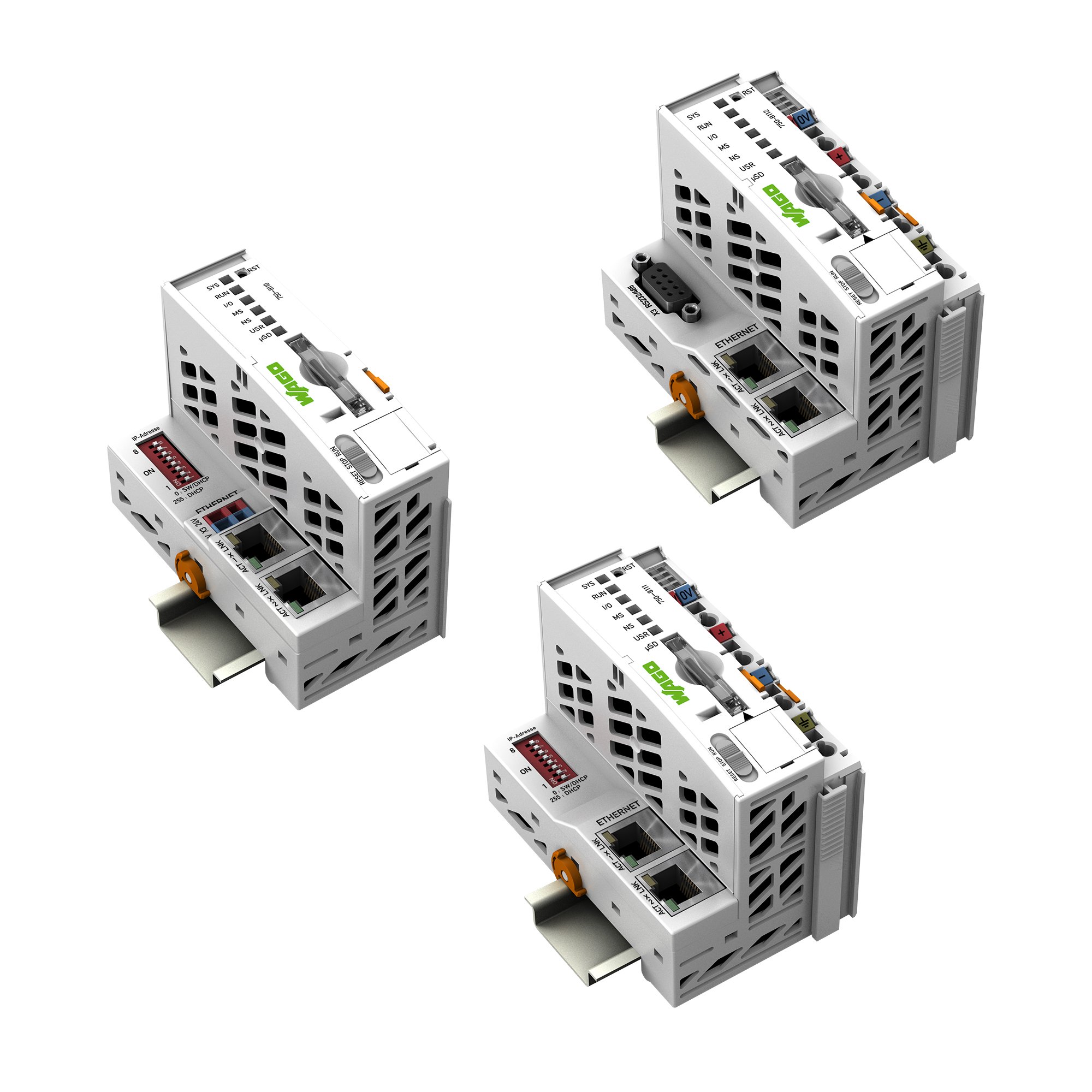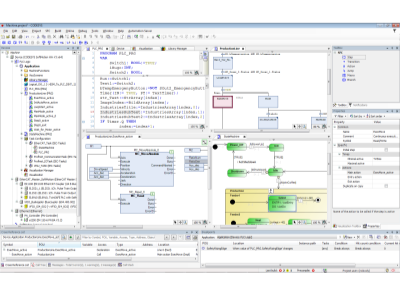Wago Launches Second Generation PFC100 Controllers, Compatible With Codesys
Wago has released four new controllers, marking the launch of the second generation of the company’s PFC100 series. The new generation of controllers can be programmed with CODESYS 3.5 development software.
Automation-focused company Wago has released its second generation of PFC100 controllers, which feature expanded memory and are programmed using Codesys 3.5 development software. The new generation of controllers is available in four compact models.

Wago’s PFC100 second-generation controllers feature increased memory. Image used courtesy of Wago
PFC100 G2 Controllers
Wago’s second generation of PFC100 controllers is configurable using the controller's web-based management system. When web-based systems are mentioned, users are typically concerned with security issues. However, Wago has fully solved this issue by incorporating Transport Layer Security (TLS) encryption, virtual private network (VPN) capabilities, and a built-in firewall. These protocols ensure that users are completely safe from cyberattacks on machines and systems.
The second generation of the PFC100 family all come with two Ethernet ports. However, there are different variations, including an ECO model, models with RS232/485, models with or without external temperature capabilities, and the plain base model. The two Ethernet ports can be used on all models as Ethernet switches. They can be configured individually (DUAL LAN), creating a line topology that allows users to establish two separate networks within the controller.
Serial Communication
RS232 and RS485 refer to standards within serial communications. RS232 is generally used for short-distance communication between a computer and devices and only needs one wire to transmit data. This connection is point-to-point, meaning it can only connect two devices. However, remember that this connection is commonly effective up to approximately 15 m. RS485 is widely used for longer-distance communication between devices. The means of transmission is differential, meaning it uses two wires for each signal, reducing noise generated over long distances. This protocol is usually effective up to about 1200 m, making it an extremely robust means of communication within specific models of the PFC100 family.

Wago’s PFC100 G2 controllers can be programmed with Codesys 3.5. Image used courtesy of Codesys
What Is Codesys 3.5?
Codesys 3.5 is a version of the Codesys development system, a programming tool used in industrial control and automation technology. It supports multiple programming languages, including function block diagram, ladder diagram, structured text, and sequential function chart. Object-oriented programming can also be used for reusable code. Codesys also integrates tools to aid programmers in debugging, optimizing, and comparing projects.
Wago has integrated several communication protocols within the controllers, catering to many users. The PFC100 controller family supports Modbus TCP master/slave, Modbus (UDP), Modbus (RTU), Ethernet, Ethernet/IP Adapter and Scanner, EtherCAT Master, OPC UA Server/Client, OPC UA Pub/Sub, and MQTT. If a user is more comfortable with BACnet/IP or Telecontrol protocols, an additional license can be acquired. This selection of communication protocols ensures that users can connect and configure the controller with a protocol that they're familiar with

The PFC100 G2 controllers feature a compact size to save users' cabinet space in industrial applications. Image used courtesy of Adobe Stock
Compact Cost Savings
Wago has introduced cost-saving features with its latest family of controllers, which are marked by a compact design that allows industries to minimize cabinet size. These controllers also incorporate various functionalities, such as a built-in web server for HTML5 visualizations and the ability to establish VPN links directly from the controller, which would otherwise require separate components.

 Facebook
Facebook Google
Google GitHub
GitHub Linkedin
Linkedin








